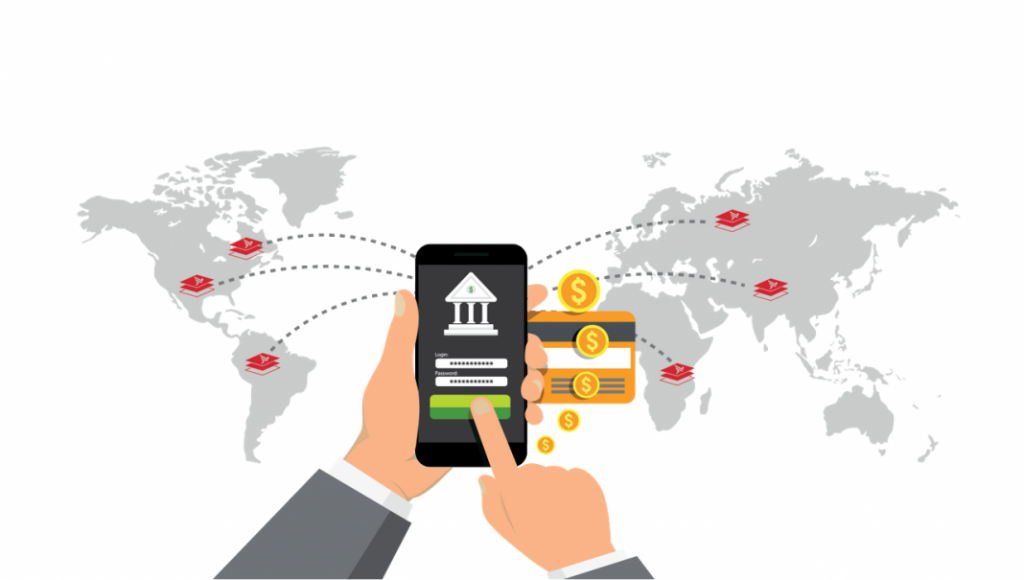“API First” is something that often is mentioned when it comes to API strategy and other aspects of how to move to a more API-centric way of thinking in organizations. Oftentimes, “API First” is mentioned in the context of digital transformation initiatives and as one of the principles that should be applied as part of this initiative.
But what is “API First”? In reality, many organizations are not developing things from scratch, and when interpreted as “always designing the API before starting the implementation work,” this means that the reality of existing capabilities and the idea of developing APIs first seem to conflict.
However, there’s a different way to look at “API First” and to focus on those aspects of it that really matters. When you shift your perspective to this different way of looking at “API First,” you start focusing on the things that create value, and you stop limiting yourself to only applying the principle in cases of newly developed capabilities and products.
Digital focus
What is the origin of today’s interest in APIs? It’s a fact that digital transformation needs (among other things, of course) the ability to quickly and flexibly combine and recombine building blocks to capture opportunities created by digital technologies. This means that the processes and products created to capture these opportunities are at their core digital, so the building blocks must be digital, too.
This quest for digital building blocks directly leads to APIs. For digital building blocks, it is important that they can be combined easily, and APIs have proven to be the most open and flexible way to create and provide digital building blocks.
There are approaches that build on top of that by providing low-code or no-code methods for combining building blocks, but even those approaches critically depend on those building blocks being available in the first place. The glue to use them in these environments still depends on APIs which interconnect the building blocks.
Digital products
This brings us to the next point of the digital transformation journey. It is not good enough to have random building blocks that have APIs. It is important that these building blocks are meaningful and useful for your organization, which means that they have to provide value.
It’s equally important that these building blocks are conceived and designed as products, which means that they are designed with the consumer in mind and that they are designed to be useful in more than one scenario.
This is pretty much the definition of a product: It is something that is of value for consumers, and it is something that is of value for more than a single consumer. Since digital transformation is all about capturing the opportunities of digital technologies, all capabilities that should become part of the digital transformation journey have to have digital representations. These digital representations are APIs, which make the capabilities usable and useful as digital building blocks.
Product as API
As the final step in this argument: If we believe in the value of digitalization in general and of digital products specifically (i.e., the ability of all capabilities to be available digitally and in a reusable way), then we naturally end up in a place where creating APIs for all capabilities and creating good APIs for all capabilities becomes a necessity.
This is what “API First” really means at its core: Looking at every capability as a digital product and designing and managing this product as an API. This is where we intersect with another popular notion, which is “API as a product.”
While there is nothing wrong with “API as a product” (i.e., managing your APIs as products with solid design and lifecycle foundations), the “product as API” angle is the more foundational one because it asks where these APIs come from.
In this perspective of a product as an API, the “API First” angle means that for every capability and product that you have, you always consider their API because that determines how useful they are for your digital transformation journey.
In that view, it doesn’t matter what the value of a capability or product is, what really matters is what the digital value is that it exposes through its API. Digital products only can be as valuable as their API, so treating that API as a first-class citizen in both product design and management becomes essential for making the most out of your assets.
Wrapping it up
If we wrap up the story, what we can take away is that “API First” is something more nuanced and broader than just designing an API before implementing new capabilities. It implies a mind shift to look at all capabilities and products through their APIs and to accept that these APIs will be the deciding and limiting factor when it comes to generating value with them.
Always start with a digital focus, treat all of your capabilities and products as digital products, and design and manage all the products as APIs. This is how you will get the most out of your assets by applying an “API First” perspective. If you want to learn more, the following video provides more details and context in addition to the storyline described above.
Download our guide to learn what it takes to transform into an “API-first” organization.
